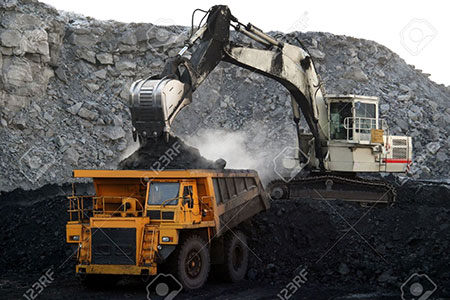| LABORATORY TESTING &
COMMITMENT TO CONTINUOUS PRODUCT INNOVATION
We place significant emphasis on understanding how a multitude factors influence your individual project’s requirements. So much so that we have established our own testing laboratory located within the Coal & Mineral Processing Lab at the University of British Columbia in Vancouver to achieve maximum effect on every design we produce.
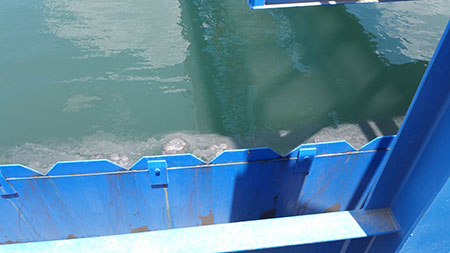
These services combined with thorough client project liaison and CECMS can determine the most appropriate and effective combination of laboratory and field testing necessary to offer maximum support to your individual project needs.
| GEOTECHNICAL TESTING AND TAILINGS STORAGE DESIGN
Development of filtered tailings concepts include review of site topography, tailings production quantities and schedules, mine waste rock quantities, hydrometeorology data, geochemical, and environmental/administrative siting constraints for the project.
Concept development includes the evaluation of alternative locations and determination of a single preferred concept for storage. Water balance including run-off and contact water would be included in this evaluation.
CECMS can complete the following laboratory tests to support design:
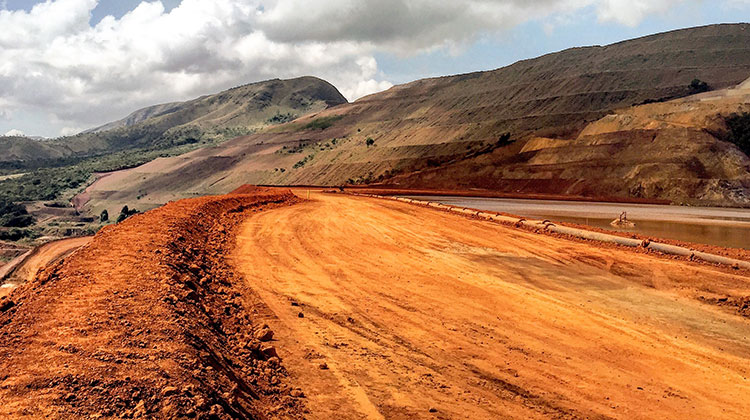
| SETTLING TESTING, FLOCCULANT SELECTION, THICKENER SIZING
CECMS can complete the following laboratory tests to support thickening sizing and design:
- Material characterization (XRD, Rietveld, Particle Size Distribution, Surface properties, Bet surface area)
- Primary flocculation scoping:
- Optimum flocculant selection and dosage
- Supernatant quality and flocculation characteristics
- Tailings thickener underflow characteristics
- Thickener dimension and sizing
- Rheological properties and project parameters
- Secondary flocculation:
- Optimum flocculant selection and dosage
- Flocculation kinetics and addition method
- Secondary flocculation procedure and characterization
- Rheological properties of secondary product
CECMS has both the competency and experience to assess the testing procedures and provide an accurate interpretation of the results.
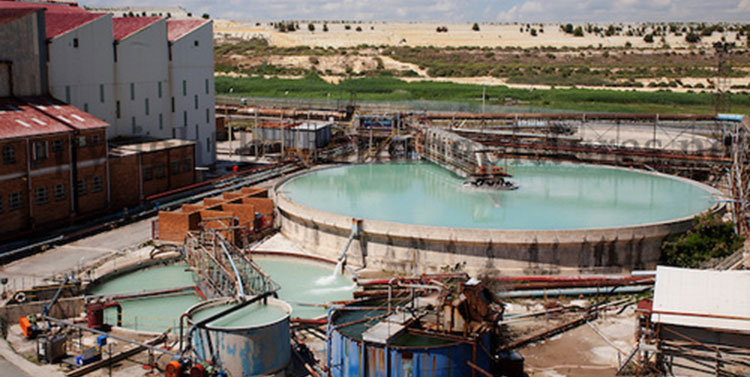
| TRANSPORTABLE MOISTURE LIMIT (TML) TESTING
The ability to effectively transport a dewatered tailings material can dramatically impact the operational viability of a process. Bottlenecking due to the lack of convey-ability and/or compact-ability is a common outcome due to variation in mineral processing and geological characteristics.
By testing this variability and the impact of upset conditions on the process, CECMS can design dewatering projects that conform to accepted practices of operational excellence.
| FILTRATION TESTING
CECMS is proficient at bench and pilot-scale vacuum filtration testing for cloth and ceramic membranes used on disc and belt filters. After measuring filtration throughput rates and achievable residual moisture content in the filter-cake, CECMS collates the information with its proprietary library of data on similar materials. By trending this information, CECMS can produce a reliable scale-up factor to efficiently size the necessary capital equipment. Capital and operating costs are projected to form the basis of the selection matrix and business case.
| WATER QUALITY & DISCHARGE TESTING
Tailings dewatering is inherently linked with water, and its associated issues. CECMS has access to a suite of technologies that can monitor and treat the flow of water generated through the dewatering function, either for re-use or discharge into the environment.
CECMS can complete the following laboratory tests to water monitoring/treatment and design:
- Characterization of wastewater management issues
- Bench and field scale testing of wastewater treatment technology
- Development and bench scale testing of chemical treatment programs
- Design of treatment equipment to meet water quality objectives
- ARD prediction testing
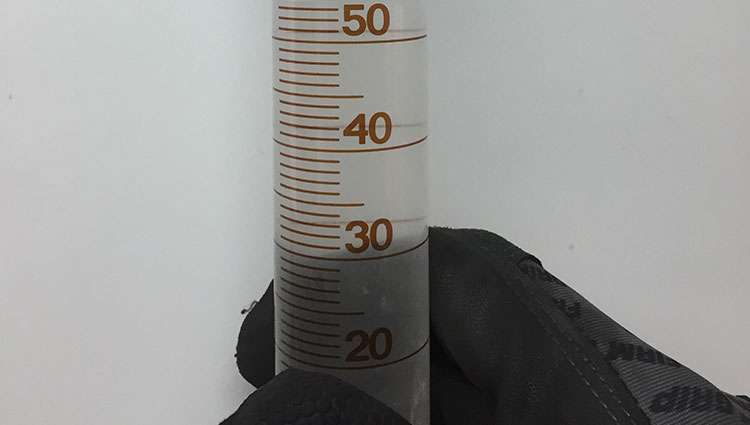
Geotechnical Testing and Tailings Storage Design
Settling Testing, Flocculant Selection, Thickener Sizing
Transportable Moisture Limit Testing
Vacuum Filtration Testing
Screening and Size Classification
Substrate Drying
Water Quality and Discharge Testing
Share this Page

